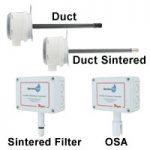
As standards become stricter for monitoring indoor air quality (IAQ) it is important to understand that the readings from your instrumentation are correct and accurate. When monitoring carbon dioxide levels for on-demand ventilation, it is imperative that you account for barometric pressure as it can create a false sense of accuracy when controlling an HVAC system. Continue reading “How Barometric Pressure Affects Carbon Dioxide Readings”

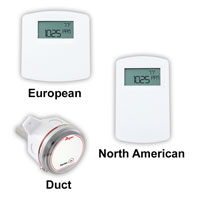
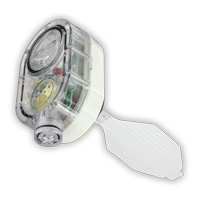
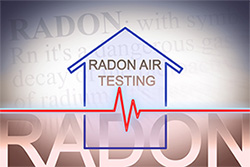 For anyone who has recently purchased or sold a home, they may have noticed a radon inspection clause in the purchasing agreement. What is radon, and why are we testing for it in our homes?
For anyone who has recently purchased or sold a home, they may have noticed a radon inspection clause in the purchasing agreement. What is radon, and why are we testing for it in our homes?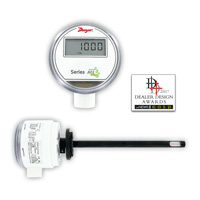
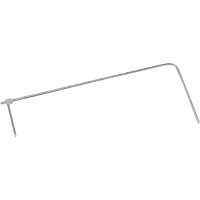

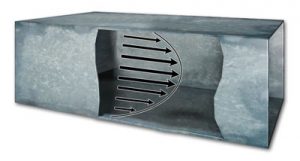 The velocity of an air stream in a duct is not uniform over the cross section of the duct. This is because friction against duct walls causes the air velocity to be lower near the sides than the velocity in the center, creating a parabolic velocity profile.
The velocity of an air stream in a duct is not uniform over the cross section of the duct. This is because friction against duct walls causes the air velocity to be lower near the sides than the velocity in the center, creating a parabolic velocity profile. 
